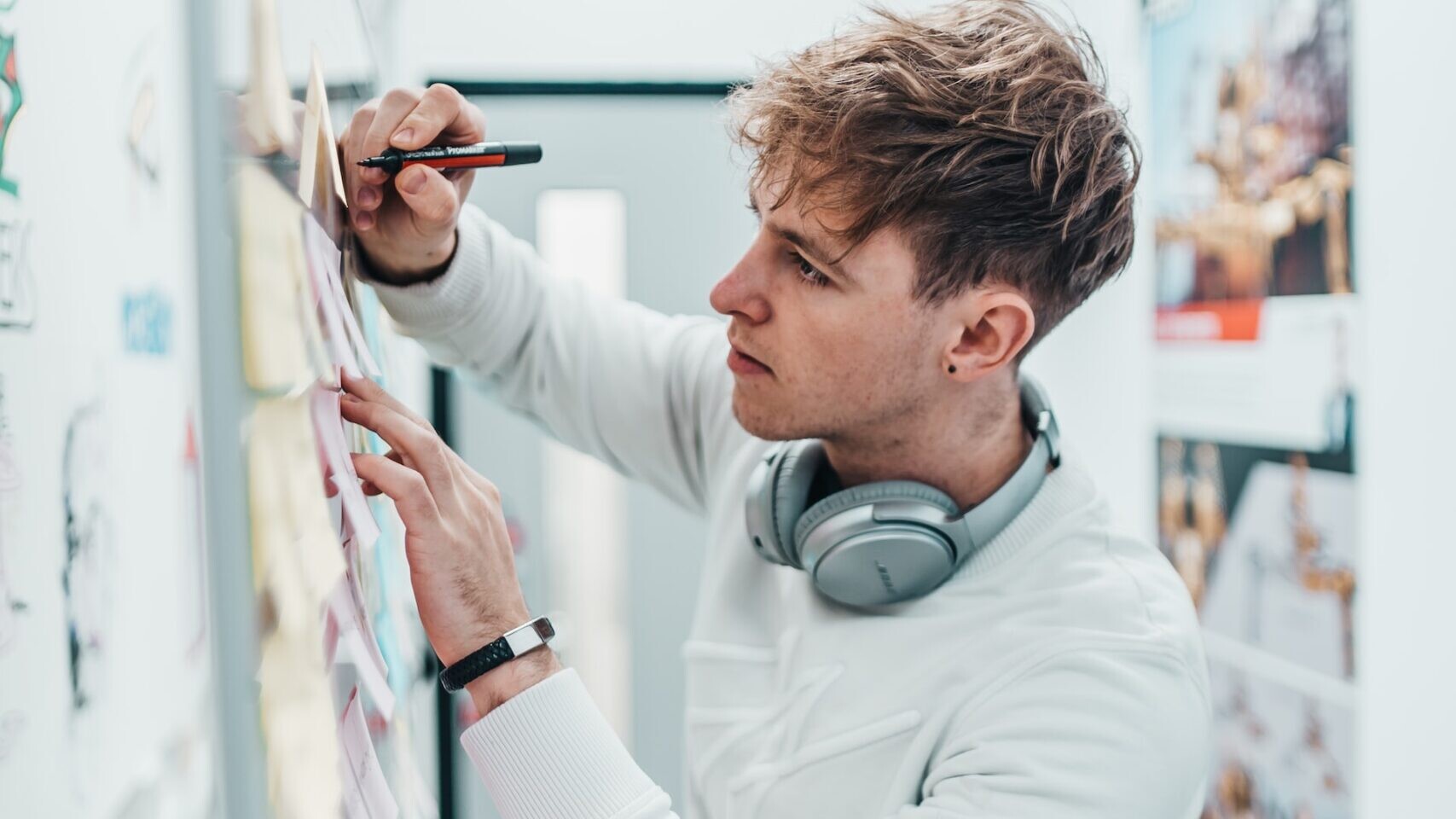Ideas First, Innovation Second
With a nearly constant stream of updates, optimization strategies and new technologies coming to market on a daily basis in the grand pursuit of disruption, the result can be somewhat uninspiring – stemming from lackluster and underdeveloped ideas.
If the goal is innovation, then we could be waiting around for awhile. True innovation is lighting in a bottle and it won’t always strike when the time and conditions are right. To increase the possibility of disruption and innovation, ideas must flow freely and swiftly to even stand a chance of becoming a reality.
It’s one thing to have a wealth of good ideas, it’s quite another to make them become a reality and on the road to becoming something useful, even life changing. A few aspects can aid in ensuring great ideas become disruptors.
Speed
It’s true, timing is everything. Time to market with a good idea is possibly the most critical aspect to creating the momentum needed to gain meaningful traction.
In the initial stages, asking (lots) of questions with regard to all aspects of speed is key. For example: How quickly an idea can be turned into a reality (i.e.) does a prototype need to be made? How long will it take to monetize the idea? How quickly will customers and competitors respond?
Structure
Having a structural funnel for ideas doesn’t have to kill them. A framework, or checklist for what ideas should be developed further can help to save resources and time spent on ideas that are really non-movers. Letting the ideas flow freely to start, then looking back and hind-sighting on a (very) regular basis can help to sift out the ‘good ones’. Again, ask simple questions as as to the ‘who, what, where, when and why’ to determine the viability and scale for an idea.
Value & Reasoning
When getting to the point where value for the idea is assessed, this is where the afore mentioned ‘structure’ helps. Look at the market that is being targeted, even the larger marketplace on the whole, and see how this idea can ‘help’. Will it make peoples lives easier, better, more elevated? How is it useful or pleasing to their existence?
Fearlessness
This is key. Have NO fear when streaming ideas. This is the way true disruption happens. The more ideas the better. They won’t all be viable enough to develop at the present time, but as mentioned ‘timing is everything’ so don’t count any one idea out.
The best ideas can happen at any given point. Taking the idea of innovation and disruption out of the incubator and into the world will provide a better chance for becoming a living breathing thing, not just surviving, but thriving in the wild.



